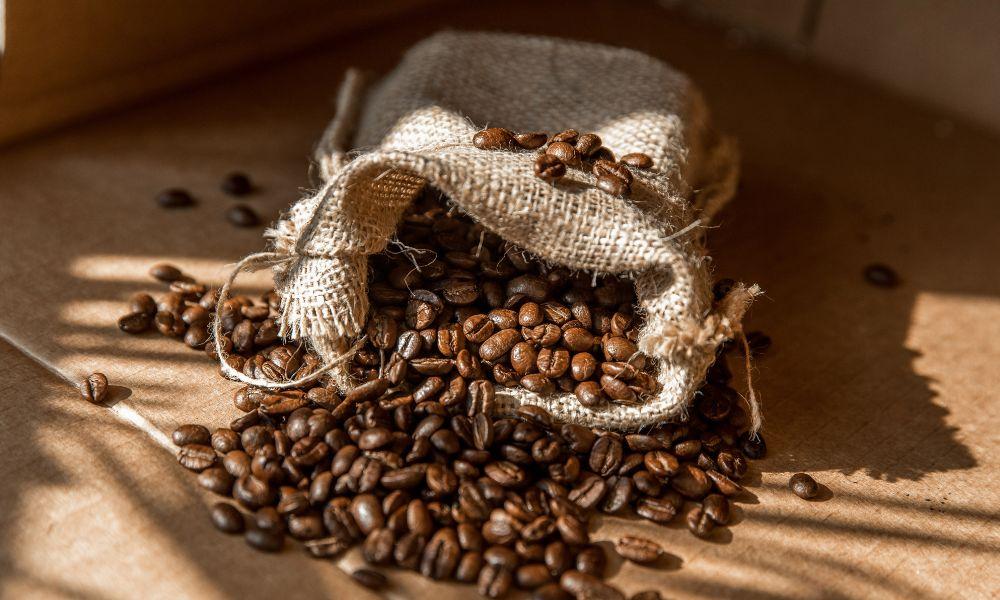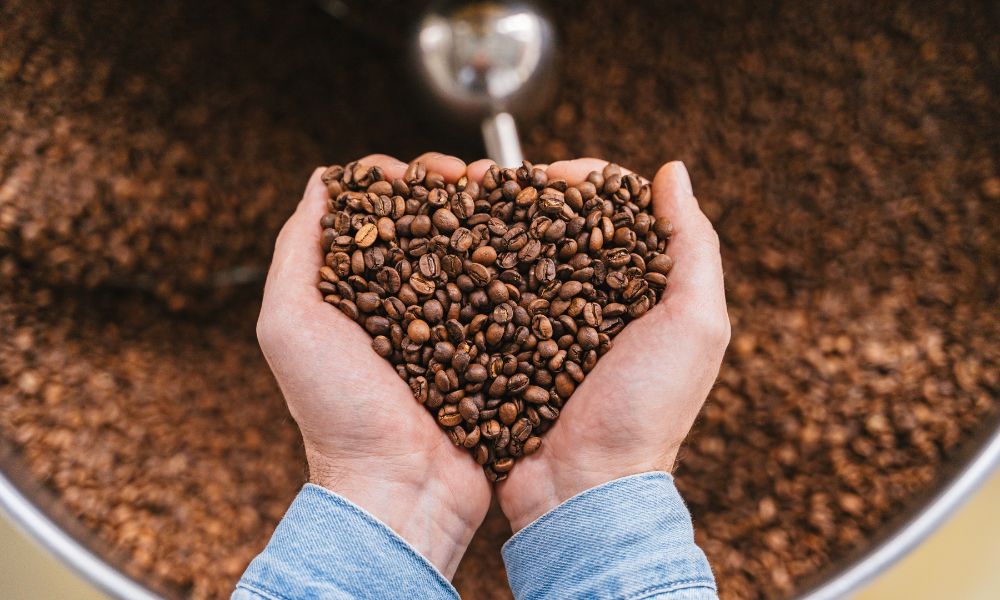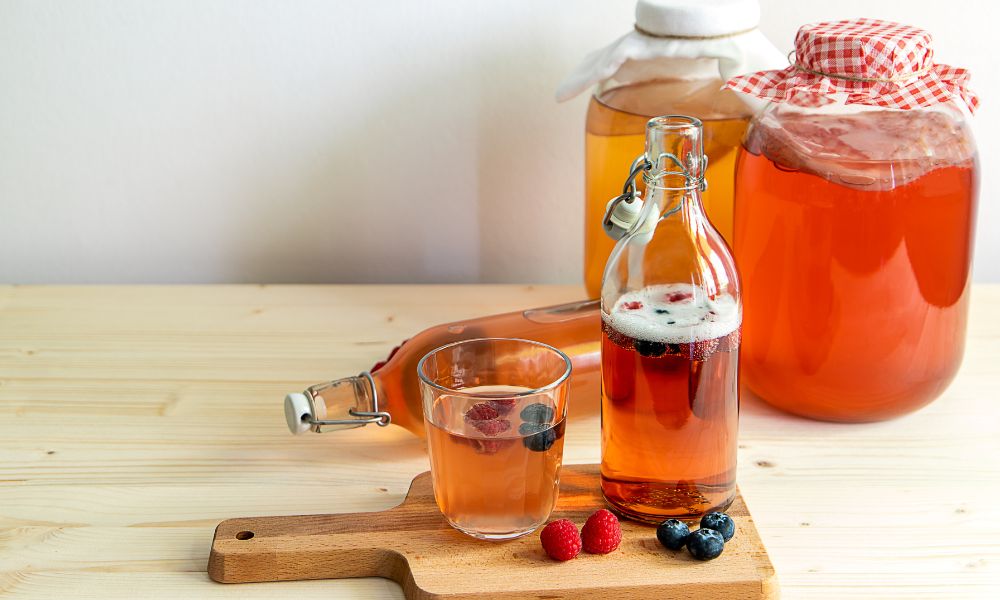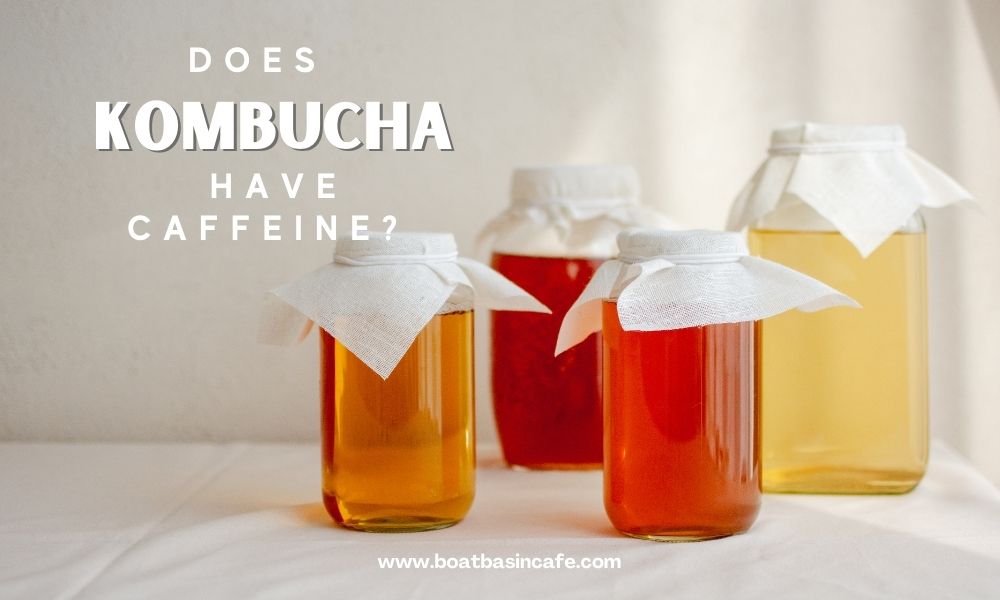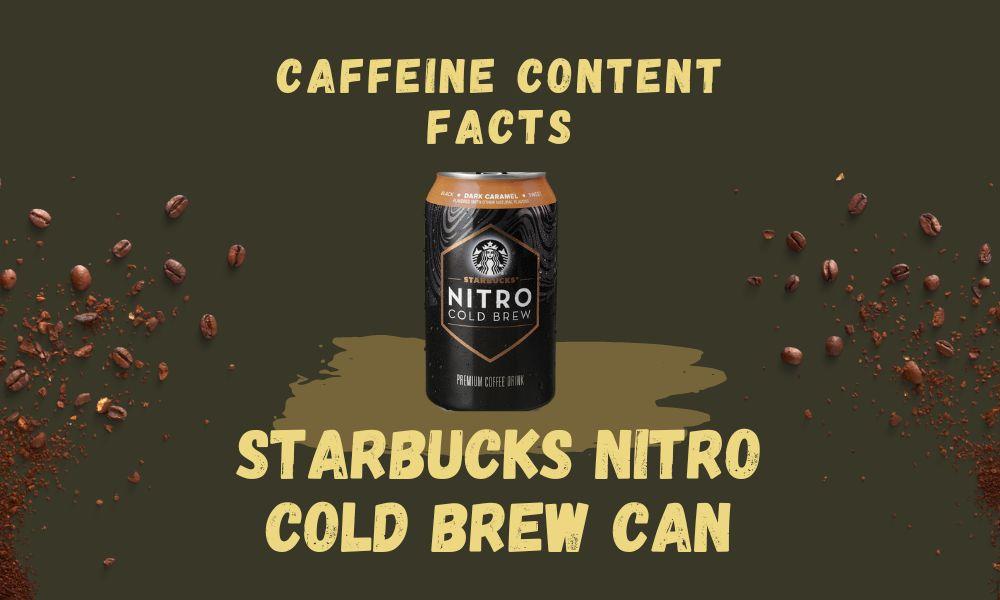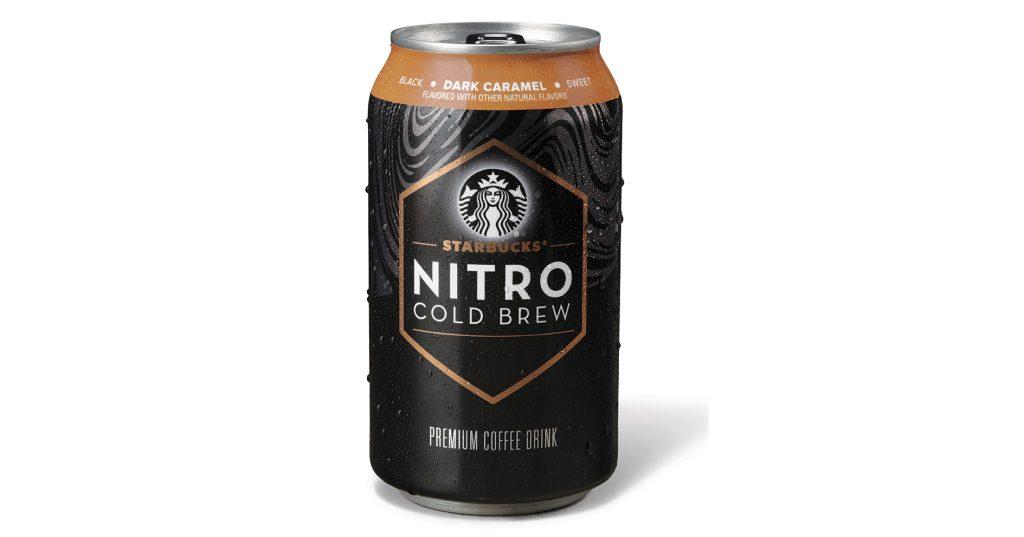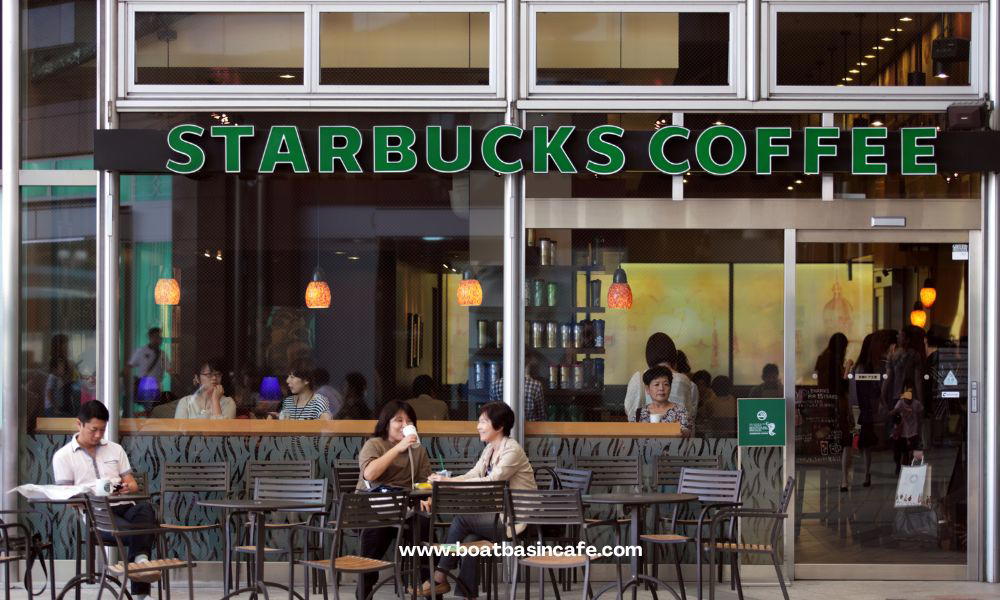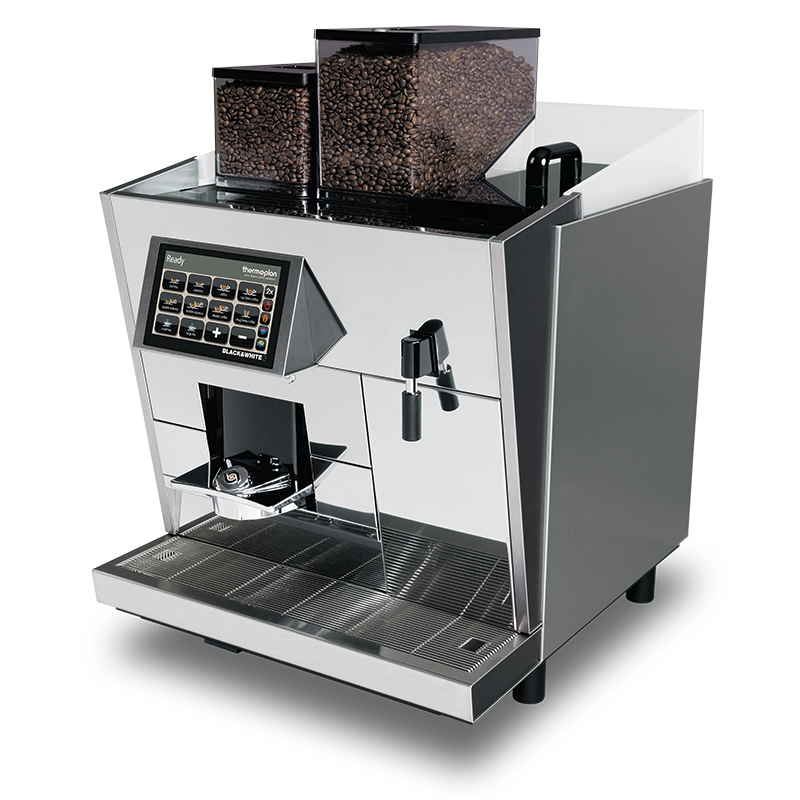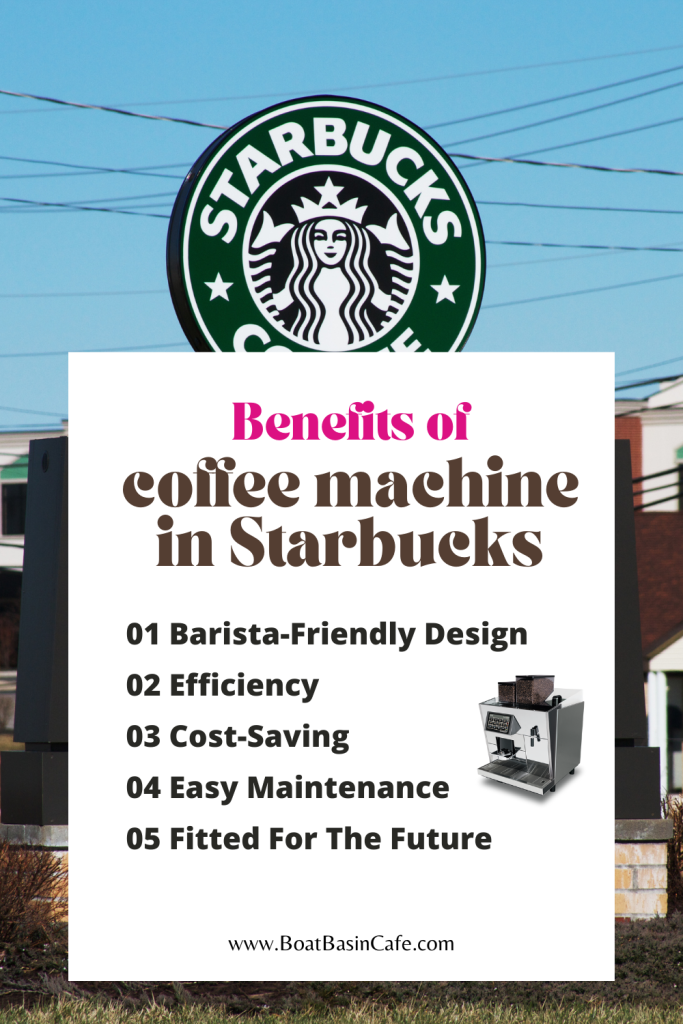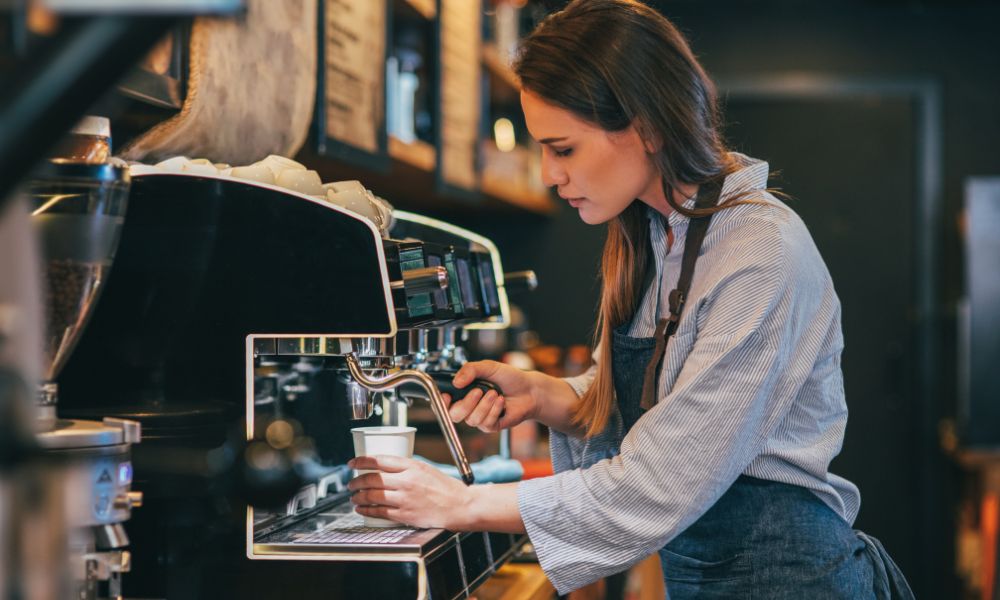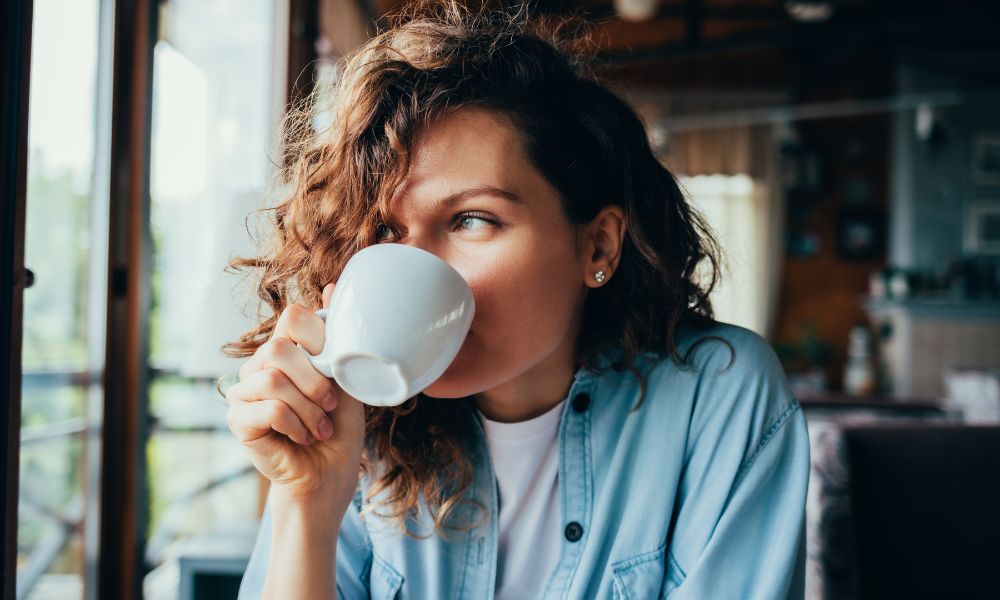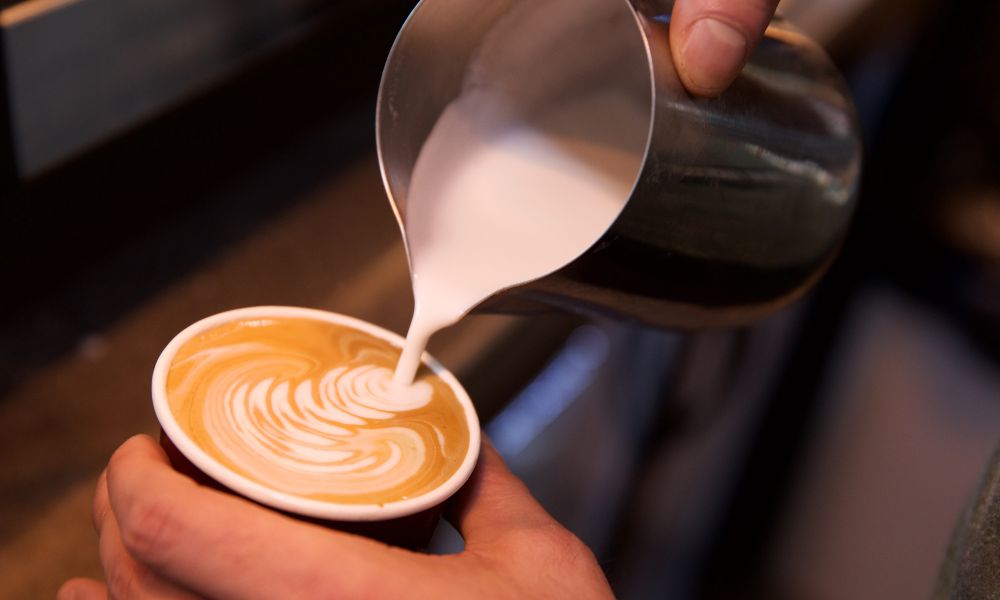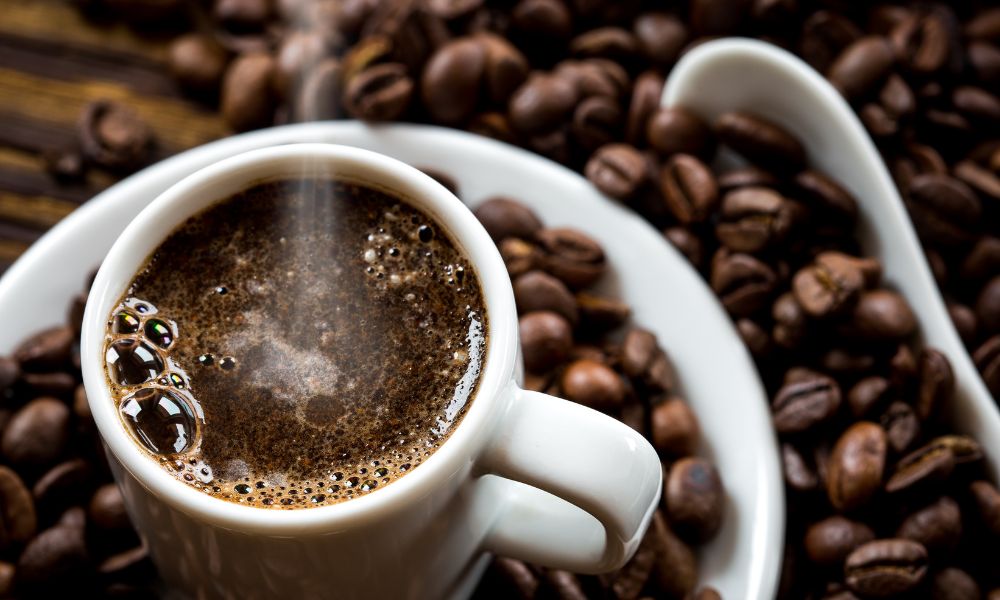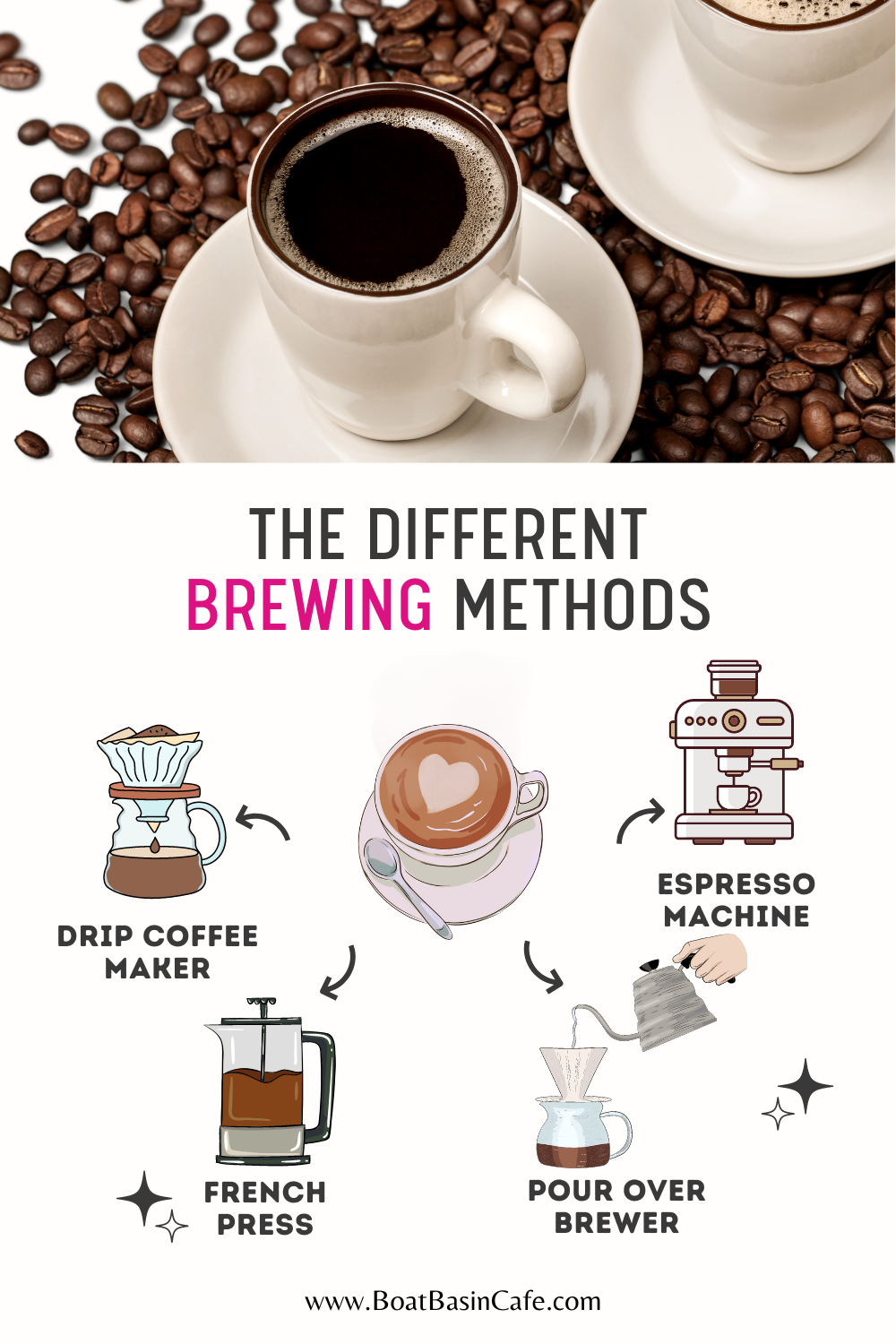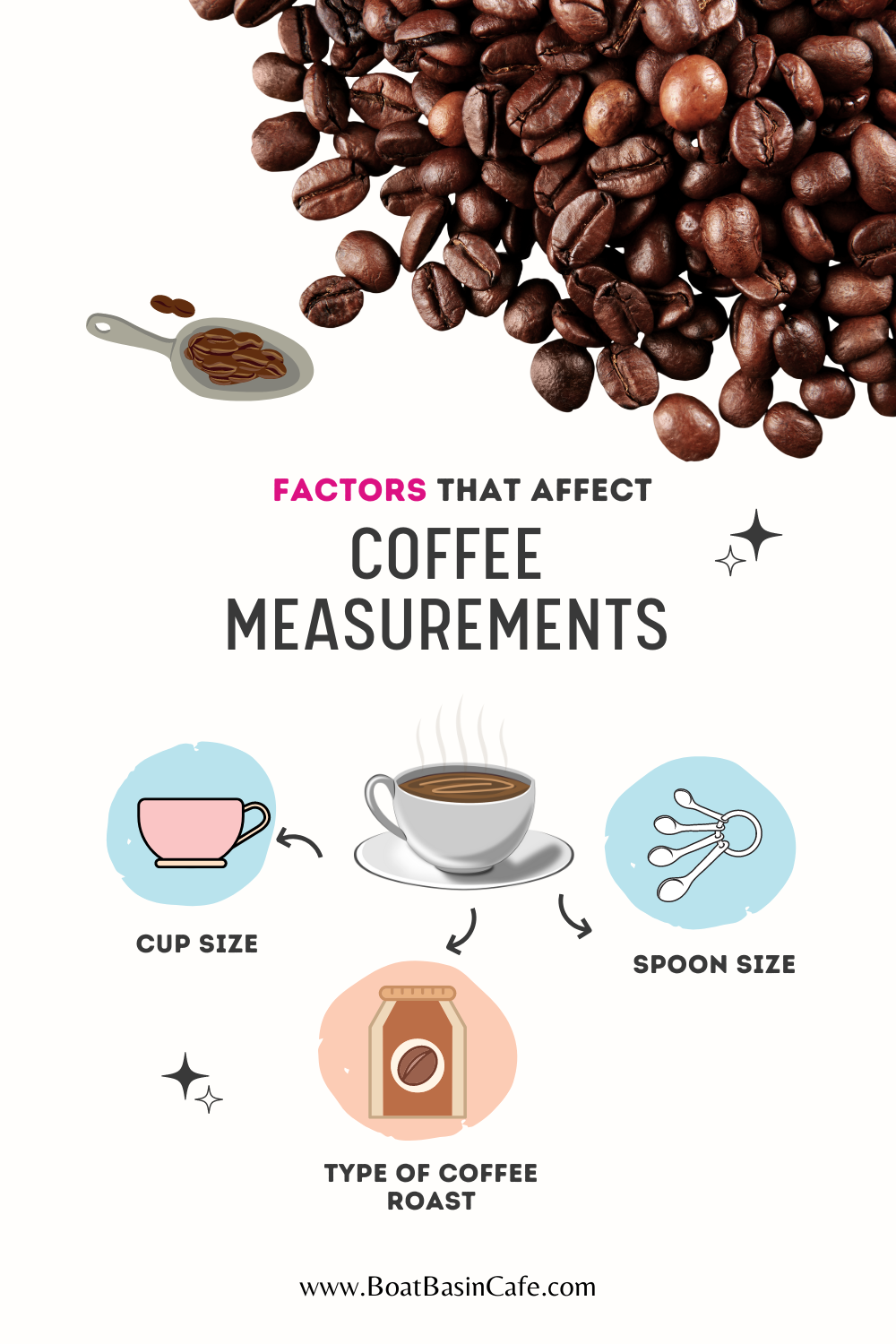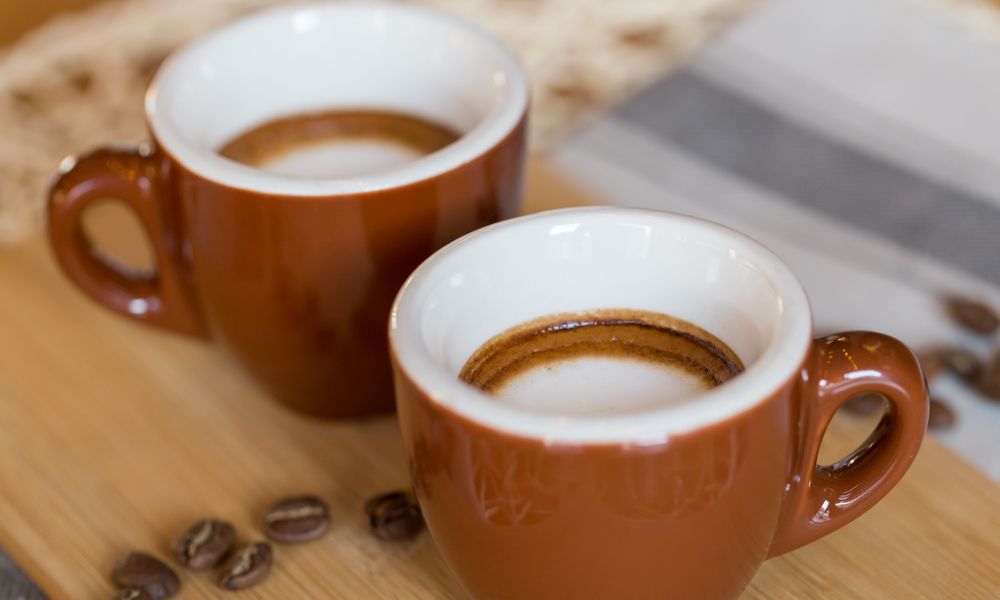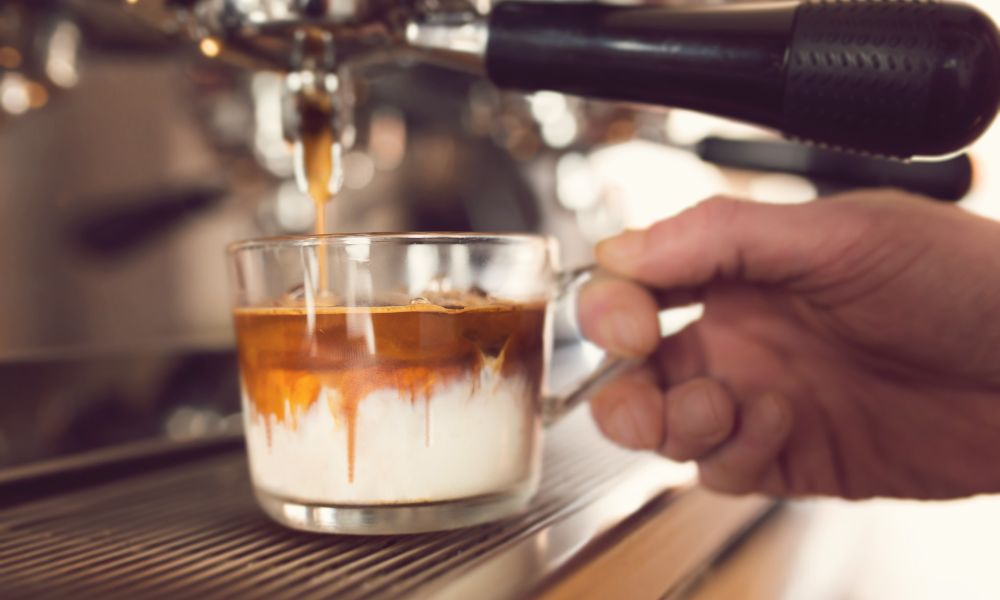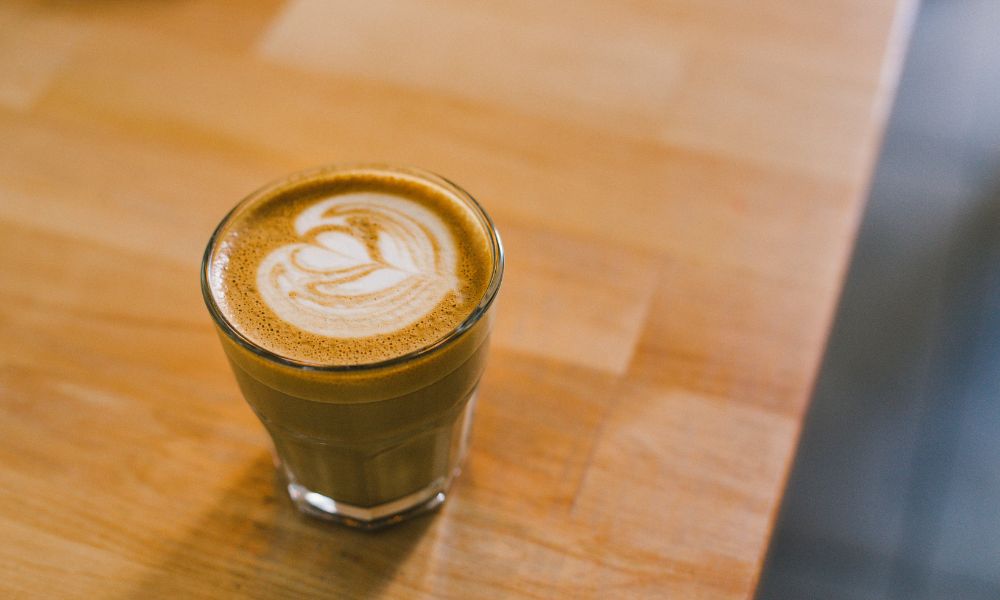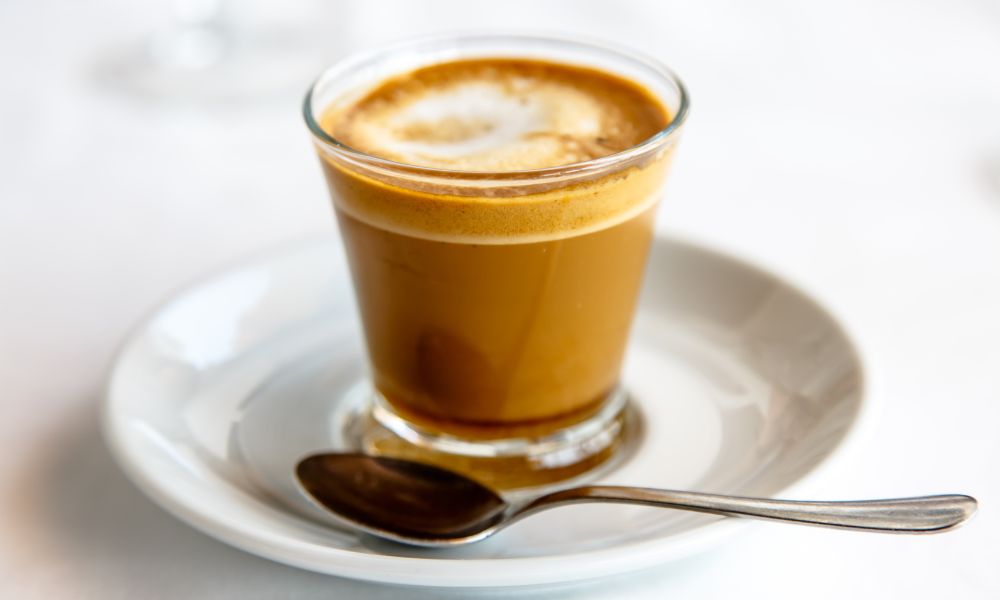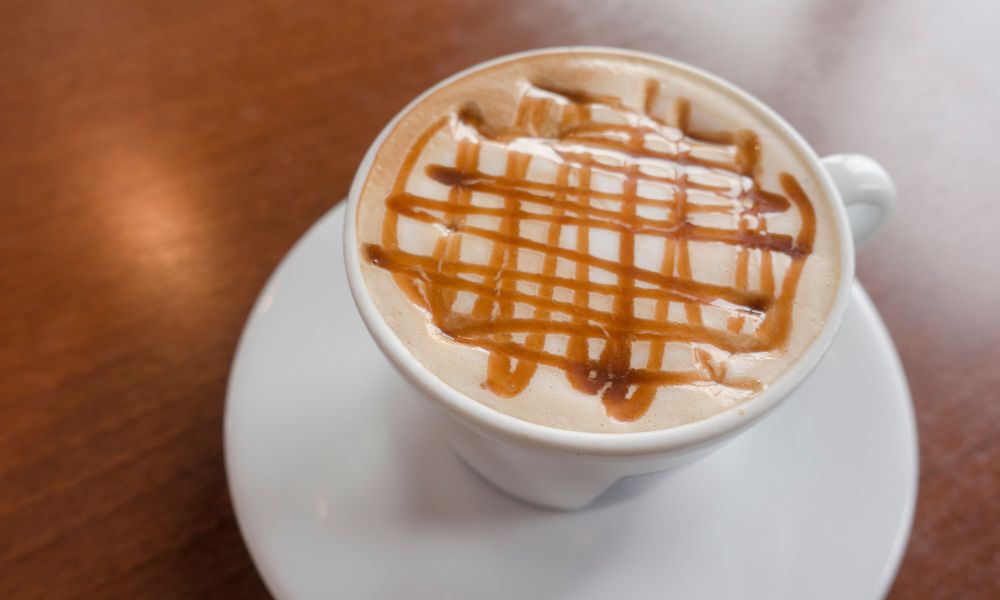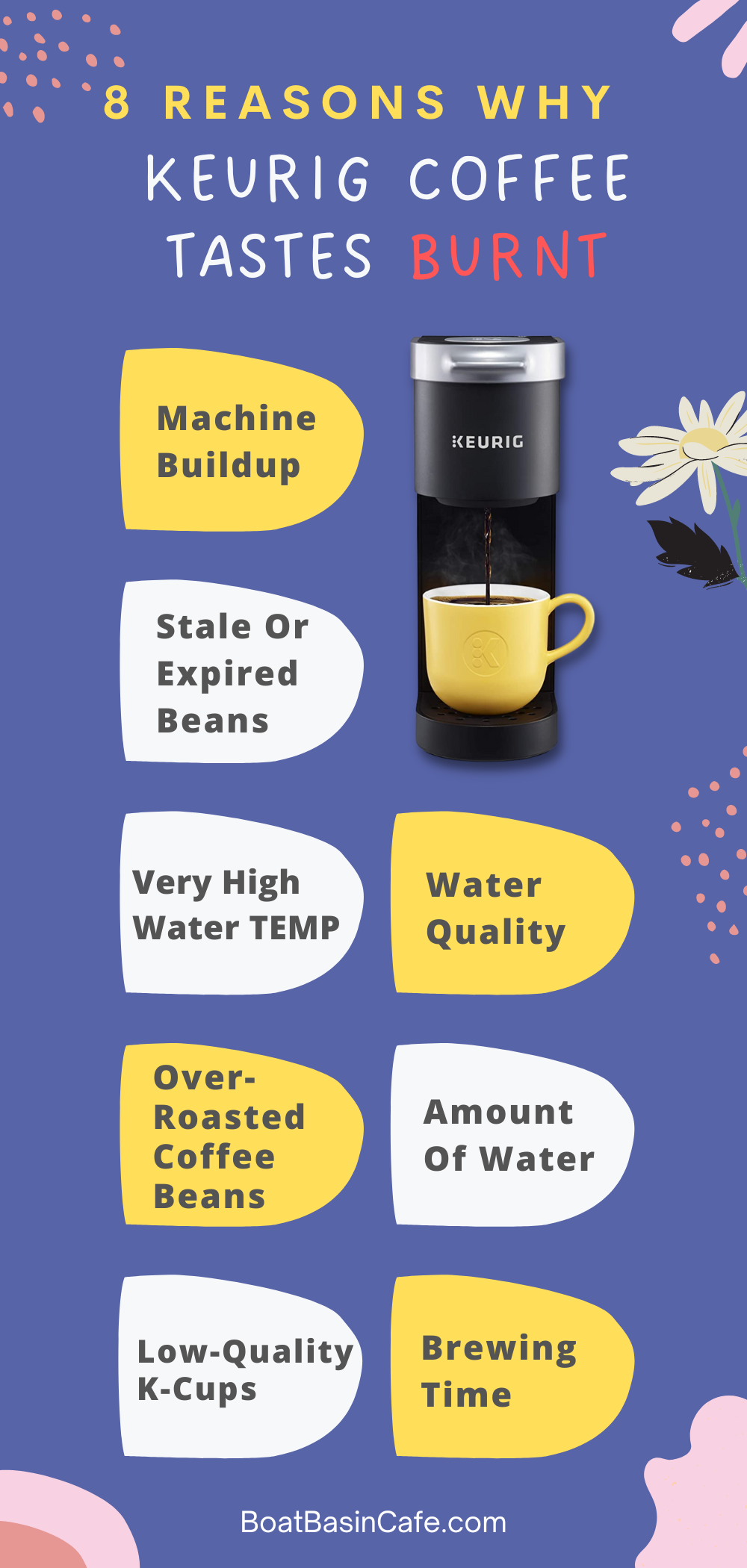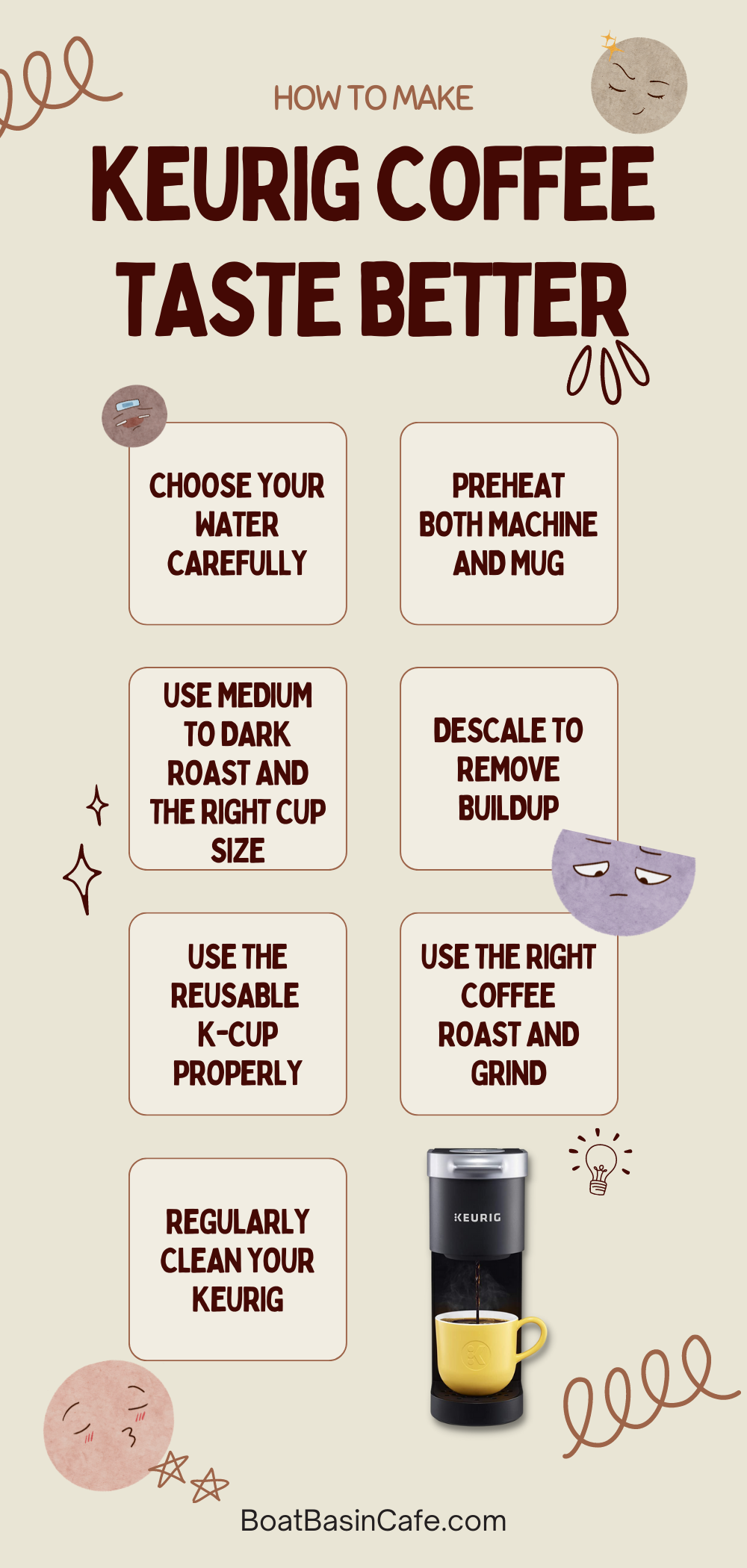Find out the best dual coffee maker for your home or office to cater to the varying coffee tastes of different family or team members without losing quality.

Some like it hot, some don’t. Some prefer coffee first thing in the morning, while others a good strong cup of tea. While I love a strong espresso to pick me up mid-day, my coworkers take it easy over a latte. So many preferences but limited time to prepare the perfect morning, evening, or afternoon cuppa. But worry not!
The best dual coffee maker can help you make your favorite cup of jo (or tea) without compromising on the flavor or taste. Whether it’s a quick single-serve K cup or a carafe of 12 cups of drip coffee, a dual coffee maker is your best bet. So, I present to you (drum rolls) the best dual coffee maker reviews to help you make the right choice.
What Is A Dual Coffee Maker?
A two-in-one or two-way coffee maker is another name for dual coffee makers. It can make single servings or full pots of coffee simultaneously. Furthermore, dual coffee makers with espresso machines on one side and carafes on both sides are available to make different types of brew at the same time.
A hot water dispenser is seen on many two-in-one coffee machines so that you can also make tea, hot cocoa, or instant coffee from the same machine. Dual coffee makers are great for both office and household use where different members have different brew preferences. They can brew two types of coffee or two sizes of coffee at the same time.
Benefits Of Using A Dual Coffee Maker
Not convinced about getting the best dual coffee maker? Well, here are some benefits that will definitely help you decide in case you are at loggerheads with other family members about getting a coffee machine.
Versatility
The best dual brew coffee makers allow you to make two different types of coffee at the same time, thus giving you the most versatility. For example, if your spouse wants a strong cappuccino while the rest of the family wants a regular drip coffee, you can make a single espresso simultaneously while brewing a whole carafe for everyone else. And if your dual coffee brewer has a single-serving side with a hot water dispenser, you can also make tea or hot cocoa while offering a full carafe of coffee to a larger group.
Convenience
A dual coffee maker will be more convenient for you because you don’t need two separate machines to brew two types or two sizes of coffee. If you have a K-cup single-serving brewer and a pour-over drip coffee maker, you can replace these two with one dual coffee maker. Not only is this more convenient to operate but it will also save precious counter space.
Cost-Saving
Why waste money on two separate coffee makers when you can invest in one that doubles up as both an espresso machine and a drip coffee maker? Besides saving kitchen counter space, a dual coffee maker also helps to save money in more ways than one. You don’t really need to spend big bucks in coffee stores every day as you can make your own specialty coffee at home with most dual coffee makers.
However, you may face some issues even with the best dual coffee maker. Cleaning may not be a breeze given there are two units – one for making espresso shots and the other for making coffee in a carafe. Even the process of cleaning them may not be the same although there is an all-natural way to clean a coffee maker with baking soda. Secondly, you may not get the same quality from both units. They might perform one of the tasks successfully, such as making 10 to 12 cups of coffee but fall short of the pressure and consistency necessary to produce a solid shot of espresso. A machine that excels at both tasks will probably set you back more cash.
5 Best Dual Coffee Makers
| Products | Features | Pros | Cons |
| Ninja CFP307 DualBrew | Both K pods and ground coffee 60-ounce removable water reservoir 12 cups capacity 9 brew sizes 4 pod brew sizes 4 brew styles Thermal flavor extraction duo Independent hot water dispenser Multi-position water reservoir Removable, dishwasher-safe parts Permanent filter and scoop included | Versatile for catering to all preferences Easy cleaning Placement flexibility Maximum flavor Hot water dispenser for tea Pause brew function for quick single-servings | Not suitable for a small family or single-person household |
| Hamilton Beach 49902 FlexBrew Trio | 56-ounce removable water reservoir Both ground coffee and pods are compatible 12-cup carafe capacity 90-second fast brewing function Removable water reservoir Easy-touch programming Backlit display Customizable brew options Auto shutdown function | Both single-serving and carafe brewing Both ground coffee and pods Brew strength option Saves time with only 90 seconds of brew time Programmable settings for ready coffee Saves power with an auto-shutoff function | Not suitable for kitchens with low-hanging cabinets The water reservoir is not easy to clean |
| Keurig K Duo Coffee Maker | 60-ounce large water reservoir 12-cup carafe capacity Heating plate included Both K-pods and ground coffee are compatible 4 brew sizes for both carafe and single brews Brew strength control option 24-hour advance programmable setting Pause and pour function | Stylish design and easy to use Makes both small and large batches Keeps coffee hot for a longer time Easy filling More convenience with 8-inch travel mug space No need to wait for the machine to heat Compatible with 75 brands of coffee pods | Spillage from the carafe when pouring |
| Hamilton Beach 2-Way Brewer Coffee Maker | Glass carafe with 12-cup capacity 96-ounce XL water reservoir Separate single-serving side reservoir Auto shutoff feature 24-hour programmable setting Select-A-Brew coffee strength function Clear buttons for various functions | Affordable and low-maintenance Less time and cost involved Two-brew feature for carafe and single-servings Coffee strength of regular and bold Easy to use | Not compatible with K pods Separate reservoir for single-serving unit |
| Cuisinart SS-15BKSP1 Coffee Center | 12-cup carafe and 3 sizes of single-serving options 40-ounce removable water tank Fully automatic Temperature and strength control Pause brew function Compatible with most coffee pods Cuisinart HomeBarista Reusable filter cup included Self-clean function | Offers 3 sizes of single servings Best taste with charcoal and gold-tone filters Power-saving with auto-off function Extra bold flavor with Bold program Better temperature control Easy refilling with removable water reservoir Easy to clean | Close attention needed for perfectly placing the filter basket to avoid overflows |
A lot of reviews on dual coffee makers include coffee machines that are multi-serve, not two-way coffee makers. The main difference between these is that the former is good for brewing a cup of hot or cold brew from coffee grounds or K cups, different brew styles, and sizes, while the latter brews two different types of brew or two different sizes at the same time. Just look at the unit and see if there are two brewing parts to it and that’s how you know it’s a dual coffee maker.
In this list, I have included only the latter type of coffee makers, some good for household and a couple of others good for commercial use. Let’s get started!
01 Ninja CFP307 DualBrew Pro Specialty Coffee System

This is one of the top dual coffee makers with a faster brewing technology that will satisfy everyone with its thermal flavor extraction duo for a flavorful cup. You can use K pods or ground coffee and choose from 9 brew sizes from pods to carafes and 4 brew sizes for pods. With either grounds or coffee pods, select four brew styles or select the specialty brew for an espresso drink. Top it up with thick foam, thanks to the convenient built-in and fold-away frother.
The separate water system with two temperature settings of hot and boiling allow you to make tea, hot cocoa, soup, and more. No worries about cross-contamination as the coffee dispenser is separate. The 60-ounce capacity of the water reservoir allows you to brew up to a full carafe of 12 cups of coffee. Moreover, you can position it at the rear or the side of the unit to suit the space available in your kitchen. Furthermore, the water reservoir is removable for easy filling.
Cleaning the Ninja DualBrew coffee maker is easy as it has removable parts like the water reservoir, pod adopter, and milk frother that are dishwasher safe. Plus, it has a Clean function to make your job easier.
Key Features
Dimensions: 15.54″ H X 9.12″ W x 11.39″ D
Both K pods and ground coffee are compatible
60-ounce removable water reservoir
12 cups capacity
9 brew sizes from small to a full carafe
4 pod brew sizes of 6-, 8-, 10, and 12-ounce cups
4 brew styles Classic, Rich, Over Ice, and Specialty
Thermal flavor extraction duo
Independent hot water dispenser
Multi-position water reservoir
Removable, dishwasher-safe parts
Permanent filter and scoop included
Pros
Versatile for catering to all taste, texture, flavor, and size preferences
Easy cleaning and maintenance
Placement flexibility with a multi-position water reservoir
Perfect temperature control and even saturation for maximum flavor
Separate hot water dispenser for tea, soup, oatmeal, etc.
Pause brew function for quick single-servings
Cons
Not suitable for a small family or single-person household
Check price on Amazon.
02 Hamilton Beach 49902 FlexBrew Trio 2-Way Coffee Maker
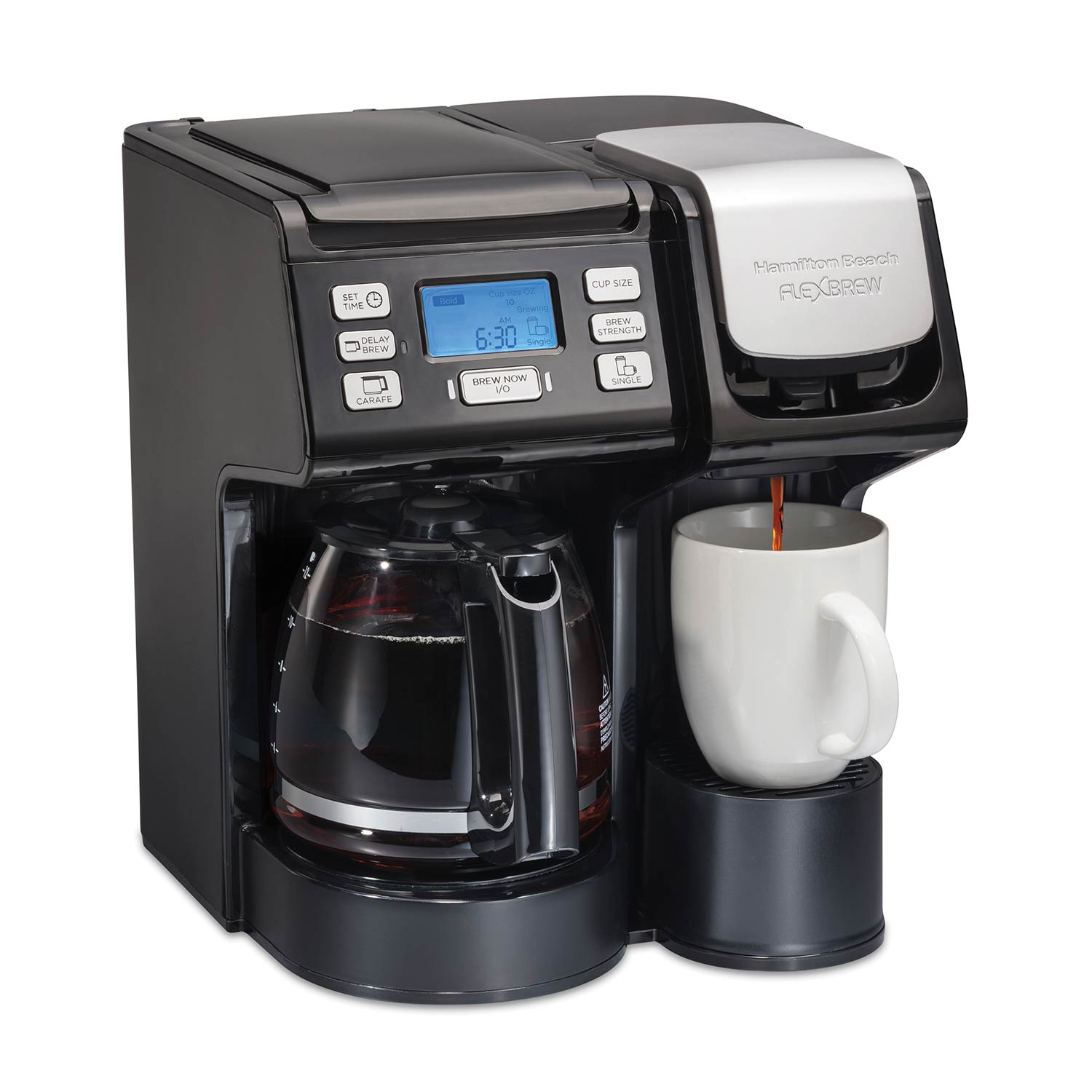
74% 5-star ratings on Amazon from over 28k reviews make the Hamilton Beach FlexBrew 2-way coffee maker a strong contender in this category with its glass carafe on one side and a single-serving unit on the other. With 3 ways to brew, use your favorite ground coffee to brew up to 12 cups or a single cup using a pod or coffee grounds. You can use a pod to brew up to a 10 oz. cup, or you can use coffee grounds to brew up to a 14 oz., 7″ tall travel mug. Select-A-Brew function can make your coffee regular or bold. It takes only 90 seconds to get a single serving with the fast brew technology.
The 56-ounce water reservoir capacity can make 7 single servings without any refilling hassle to save you time. The removable water tank also helps to refill with minimum fuss. The easy-touch programming allows you to set the timer with the help of the easy-to-read backlit display so that 12 cups of coffee are waiting for you in the morning. With more brewing customization options, you can select 5 different sizes for brewing with coffee grounds or 3 when using coffee pods. You’ll get the same amount of perfect coffee each time. The power-saving auto shutoff function ensures the unit is off after 2 hours of brewing.
Key Features
Dimensions: 13.8” H x 11.3” W X 13.2” D
A 56-ounce removable water reservoir
Both ground coffee and pods are compatible
12-cup carafe capacity
90-second fast brewing function
Removable water reservoir
Easy-touch programming
Backlit display
Customizable brew options
Auto shutdown function
Pros
Both single-serving and carafe brewing at the same time
Both ground coffee and pods offer more brew options
A brew strength option allows for more customization
Saves time with only 90 seconds of fast brewing
Programmable settings for ready coffee
Saves power with an auto-shutoff function
Cons
Not suitable for kitchens with low-hanging cabinets
The water reservoir is not easy to clean
03 Keurig K Duo Coffee Maker

Undoubtedly the best dual coffee maker with k-cup, the Keurig K Duo coffee maker has great looks with a smart matte black exterior and a glass carafe with a 12-cup brewing capacity. A heating plate is included to keep your coffee hot. The removable 60-ounce water reservoir is large enough to brew both small and large sizes simultaneously and is perfect for easy refilling.
Use K-pods or your favorite coffee grounds to brew a whole carafe or a single cup. The single-serving side also accommodates an 8-inch travel mug. Choose from multiple brew sizes – 4 different sizes each for brewing in either the carafe or the single-brewing unit. The strong brew function gives you the most robust flavored coffee.
Want your cup ready in the morning? Use the programmable settings to time the brew 24 hours in advance. And if you can’t wait for the entire carafe to finish brewing, just pause for 20 seconds and pour to get your single cup. Save more time with the Keurig K Duo coffee maker as you don’t need to wait for it to heat before choosing your cup size. And the best part for me is that I can sample just about any brand of coffee pods in this single machine as it supports 75 leading brands. A wide range of pods means more delicious flavors!
Key Features
Dimensions: 12.92” H x 10.94” W x12.76” D
60-ounce large water reservoir
12-cup carafe capacity
Heating plate included
Both K-pods and ground coffee are compatible
4 brew sizes each for the carafe and single brews
Brew strength control option
24-hour advance programmable setting
Pause and pour function
Pros
Stylish design and easy to use
Large reservoir for making both small and large batches
The heating plate keeps coffee hot for a longer time
Removable water reservoir for easy filling
More convenience with 8-inch travel mug space
No need to wait for the machine to heat
Compatible with 75 brands of coffee pods
Cons
Spillage from the carafe when pouring
04 Hamilton Beach 2-Way Brewer Coffee Maker

One of the best dual coffee makers with a whopping 5-star rating on Amazon from more than 42k reviews, the Hamilton Beach 2-way coffee maker is the most affordable and low-maintenance option you can get. It brews single servings and a coffee pot of 12 cups in less time and lower cost than the usual coffee chains. The 96-ounce XL water reservoir with clear markings is perfect for serving large groups. The single-side serving has a separate water reservoir.
A mesh scoop is included to scoop, place, and brew without wasting time measuring your ground coffee separately. Power-saving with an auto shutoff feature after 2 hours, this two-way coffee maker can be programmed to brew in advance so that your cup is ready whenever you are.
Its Select-A-Brew puts control of coffee strength in your hands – Regular for medium-ground coffee and Bold for a finer grind, decaf, or espresso roasts. It also accommodates a large 14-ounce travel mug on the single-serving side. A very simple front-facing interface makes the machine easy to operate with clear hours and minute buttons and other functions.
The only downside is that this dual coffee maker is not compatible with K pods but at this price, it’s the perfect combination coffee machine with no frills.
Key Features
Dimensions: 13.7″ H x 12.2″ W x 10.63″ D
Glass carafe with 12-cup capacity
96-ounce XL water reservoir
Separate single-serving side reservoir
Auto shutoff feature
24-hour programmable setting
Select-A-Brew coffee strength function
Clear buttons for various functions
Pros
Affordable and low-maintenance
Less time and cost for good quality coffee
Two-brew feature for both carafe and single-serving brews
Coffee strength of regular and bold to suit your taste
Easy to use
Cons
Not compatible with K cups
Separate reservoir for single-serving unit
05 Cuisinart SS-15BKSP1 Coffee Center Dual Coffee Maker

Brew drip coffee for a group of 12 or just one to savor your me-time, you won’t be disappointed with one of these top dual coffee makers. Quickly get freshly brewed coffee in sizes 6-, 8-, or 10-ounce using your favorite K pods. Or use the reusable filter cup included with this machine to savor various flavors and tastes. You may want to try any of the 10 best Cuisinart coffee maker filters. The gold-tone coffee filter and the charcoal filter ensure you get the best coffee taste.
The fully automatic dual brew coffee maker comes with a 12-cup glass carafe with a sturdy stainless steel handle. Set the hours and minutes for pre-programming up to 24 hours so you can wake up to ready-to-pour coffee. The auto-off function saves power by turning it off after 0 to 4 hours.
It’s convenient to control the brew strength with the Bold function. Additionally, you can also control the temperature to keep your coffee warm or hot by turning the carafe temperature knob to a high, medium, or low setting. The brew pause function allows you to pause and pour your cup before the brew cycle is completed.
The removable 40-ounce water reservoir is easy to fill and clean and features an easy-view window to check the water level. If you’re wondering how to clean Cuisinart dual coffee maker, well, it’s quite easy – just press the Clean button and you have a squeaky clean coffee maker!
Key Features
Dimensions: 14.25″ H x 10.38″ W x 10.13″ D
12-cup carafe and 3 sizes of single-serving options
40-ounce removable water tank
Fully automatic
Temperature and strength control
Pause brew function
Compatible with most K cups
Cuisinart HomeBarista Reusable filter cup included
Self-clean function
Pros
Offers 3 sizes of single servings
Best taste with charcoal and gold-tone filters
Power-saving with auto-off function
Extra bold flavor with Bold program
Better temperature control
Easy refilling with removable water reservoir
Easy to clean
Cons
Close attention needed for perfectly placing the filter basket to avoid overflows
Things To Consider When Buying The Best Dual Coffee Maker
Now that you have a list of the best dual brew coffee makers with various features and functions, you could be a little overwhelmed with all the info when trying to decide which one to buy. Let’s take the guesswork out and help you come to the best decision by listing some of the key factors to consider before buying.
Purpose
First, decide on the dual coffee machine’s purpose or use in your office or home. Does someone at home absolutely need single serving K cups using K pods while others are happy to get a cup of coffee made from ground coffee? Or do you want two carafes to make a large batch at the same time for everyone at the office?
There are three primary choices available to you: a carafe and a single-serve brewer, a carafe plus an espresso maker, or two carafes. Choose two carafes if you host large parties often or for your office. If everyone is picky about getting their preferred flavor of jo, it’s better to get a single serving with a carafe option. For those who can’t do without a daily cappuccino or latte, an espresso dual coffee machine with an element to froth milk is the right choice.
K Cups Or Ground Coffee
A two way coffee maker may use ground coffee for brewing both types of coffee – single serving and carafe – or depend on K cups for brewing single servings. However, K pods are not environment-friendly and are also expensive, not to mention the stale coffee they have inside as we don’t know how long they’ve been sitting on the store shelf. However, you can buy reusable K cups to prevent damage to the planet and enjoy various ground coffee blends.
Size And Capacity
The sizes of dual coffee makers come in a wide variety. Although side-by-side designs provide you the freedom to work on multiple brewing programs simultaneously, they are often wide and occupy more counter space. There are compact and sleek dual coffee makers with a single unit that can handle multiple brewing tasks. You can make many beverages using this, but only one at a time.
How much coffee you drink, the size of your kitchen, and whether or not you have the time to brew each beverage individually will all affect the size and capacity of your dual coffee maker.
Programmable Settings
Customizing your cup of coffee to a great extent requires a good bunch of programmable settings on a two way coffee maker. With a brew strength control, you can choose to have a mild or strong coffee or something in between. You may need to control the temperature depending on how hot you like your tea or coffee. You may prefer setting your coffee maker on a 24-hour advance brew setting so that you can wake up to the smell of coffee. And if you don’t want to wait until the whole carafe is ready, look for a brew pause function so that you can grab your cup in the middle of brewing.
Make sure you are on board with the host of programmable settings the dual coffee maker offers. Otherwise, it would be a waste if all you need is some coffee at the press of a button.
Type Of Carafe
You can get either a thermal carafe or a glass one with a dual coffee maker. A thermal carafe is better at keeping your coffee hotter for a longer time without using electricity. Moreover, the stainless steel body of a thermal carafe is durable. On the other hand, a glass carafe is fragileand you need to handle it carefully. Plus, it won’t keep your cuppa hot for a long time although a glass carafe is cheaper and you may want to settle for it if you want to save some money. But if a whole pot of coffee vanishes within ten minutes in your office or home, a glass carafe is okay.
In terms of taste, a glass carafe is kept on a hot plate to keep the coffee warm and therefore it often develops a burnt taste. A thermal carafe has double walls for better insulation and to retain the fresh aroma and taste of coffee.
Ease Of Maintenance
Dual coffee makers feature more intricate designs, which might make them more difficult to clean than ordinary coffee makers because they lack removable parts like the filter basket and carafe. Find a model that has few parts and is simple to disassemble if you want to make cleaning and maintenance easier.
Additionally, some dual coffee makers have pieces that can be cleaned in the dishwasher, which makes things even simpler. Check if there’s a self-cleaning function in the dual coffee maker to make your cleaning and maintenance tasks easier.
Additional Features
Permanent coffee filters save waste and cost. By removing chlorine, calcium, and other minerals from tap water, water filters help to minimize unpleasant tastes and odors. The auto shutdown function turns the machine off automatically after a predetermined period of time and helps to conserve energy. Touch-screen and LCD screens facilitate ease of use. Some dual coffee brewers have a built-in grinder so that you can have fresh coffee grounds to brew your cup. These additional features may make your life easier so look for them when shopping for a dual coffee maker.
FAQs
What Dual Coffee Maker Makes The Hottest Coffee?
Hamilton Beach 2-way brewer coffee maker is one of the dual coffee makers to make the hottest coffee. For a more comprehensive list, check out the hottest coffee maker.
What Is The Best Dual Coffee Maker On The Market?
There is no single best dual coffee maker on the market. Depending on your purpose, the features you need, and the type of brew style and size you want, you can choose the best dual coffee maker as per your budget.
How To Use Keurig Dual Coffee Maker?
To make either a full carafe or single-serving coffee with K cups, fill the water reservoir and turn on the machine. For making a single serving, lift the pod holder, place a K pod, and close the lid by lowering the handle completely. Put your coffee cup on the drip tray, choose the serving size and brew strength, push the mug icon on the right side, and press the brew button.
For brewing a carafe, fill in the water reservoir until the MAX marking. Pull out the filter brew basket and add ground coffee as desired or find out how many scoops of coffee for 12 cups for a better brew. Push back the filter brew basket, place the carafe on the drip tray, press the power button, select the carafe icon button on the left side, and press the brew button.
For both methods, select the Strong button before pressing the Brew button if you want a stronger cup.
